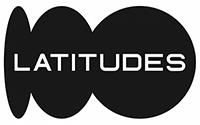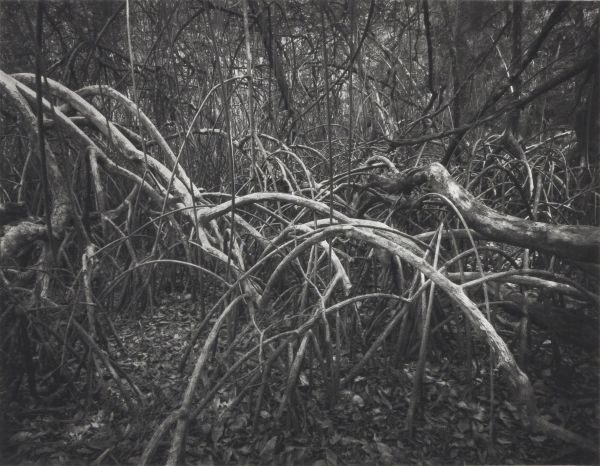Gabon II
Store Review (0)PRESENTED BY : Warren Editions
| Frame | None |
|---|---|
| Edition Size | 15 |
| Medium | Photogravure on Zerkall Intaglio Paper, 250gsm |
| Location | Cape Town, South Africa |
| Height | 47.00 cm |
| Width | 54.00 cm |
| Artwork Height | 28 |
| Artwork Width | 36 |
| Artist | Garth Meyer |
| Year | 2017 |
Garth Meyer is a photographer and filmmaker who lives in South Africa. He holds a Photography Technician Diploma, an Advanced Diploma in Film and Television Production Techniques and a Master’s in Fine Art from the University of Cape Town. He won the ABSA KKNK Kanna Award in 2007 for Best South African Short Film for Bitter Water, which he directed and filmed. In 2010, he had his first solo exhibition, Study of Trees, at the Rooke Gallery in Johannesburg. In 2011, this work was part of the group exhibition Environment and Object: Recent African Art at The Frances Young Tang Museum in New York. In the New York Times, he has included his work in a critical review by Mr. Holland Cotter. 2013, he was nominated for the Prix Pictet Global Award in Photography and Sustainability. He was part of a group show at the 2016 Johannesburg Art Fair with Warren Editions.
Over the past decade, he has worked on a body of stills documenting equatorial jungles in Africa and Southeast Asia. He has also made jungle scenes from the tropical Amazon, having visited the jungle in April and May 2018. He is part of The African Film Library, and in 2012, he was published in the book South African Cinema 1896 – 2010 by Dr. Martin Botha. The book focuses on the many highly creative uses of cinematic form, style, and genre as set against South Africa’s complex and often turbulent social and political landscape. His current thematic exploration and investigation considers transgression and borders in South Africa.
Meyer made photogravures in collaboration with Zhané Warren of images of the equatorial jungles of Congo and Rwanda in Africa and Sumatra in Southeast Asia.
Photogravure is both an intaglio and photomechanical technique. The technique combines the details of photography with the densely pigmented inks of intaglio. Using pigmented inks and acid-free pulp paper makes photogravure the most archival print technique. For photogravure, a continuous tone positive is exposed to light-sensitive pigmented gelatin tissue bonded to a rosin-coated copper plate. An aquatint is critical to this tone-based technique. After the gelatin is developed, the copperplate, with the image containing gelatin, is etched in baths of ferric chloride of different strengths. The etching commences with the extreme darks, moving through the tones to the lightest tone – pulling the etched copperplate from the ferric chloride once the bite reaches the extreme highlights. The technique accomplishes a full range of tones and attests to a high-quality fine art print.











